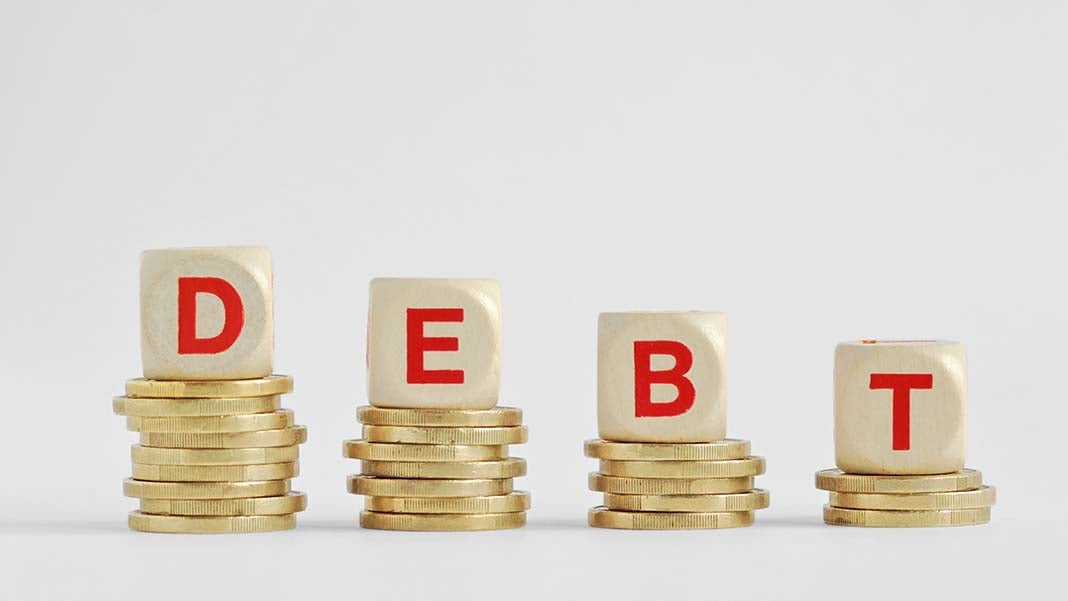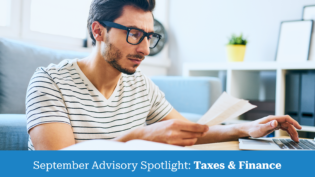
It’s not uncommon to have multiple debts. Most people have a mortgage and a car loan, along with credit cards, student loans, and personal loans. Having many forms of debt can make it a little harder to achieve the goal of becoming debt free. Which debt do you pay off first? How do you manage to pay many debt payments on time? How can you put more money towards debt so that you can pay it off quicker?
There are many questions and obstacles to face when trying to get out of debt. Luckily paying down many debts at the same time isn’t impossible. It just requires solid planning.
Here are 3 tips for paying off several debts so that you can work towards financial independence.
1. Create a Budget
The first step in paying off debt and getting a big picture understanding of your financial situation is to create a budget. When creating a budget, there’s a variety of information you’ll need to collect. Start with writing down your sources of income. This should include income from full-time and part-time jobs along with any other income you expect to make, such as money from a yard sale or extra cash you make from a side job.
Once you’ve written down all of your income sources, the next step is to write down bills and then debt payments. Ensure that you notate every expense you must pay each month. If you’re unsure about all of your debt balances, check your credit report to ensure you haven’t missed or forgotten about any.
Using your income and expense numbers, now it’s time to do a little number crunching. Add up all of your income and then add up all of your bills and monthly debt payments. The money that’s leftover should be budgeted towards paying off a loan, credit card, or putting into a savings account.
2. Have a Detailed Plan for Paying Off Multiple Debts
Since your main financial goal is to pay off multiple debts, any leftover money should be put towards paying off debt. But how do you know which debt to tackle first? Coming up with a debt pay off plan is a good way to make sure that you’re putting your money where it makes the most sense.
One of the most effective ways to pay off debt is to use the snowball method. Using this plan, you pay off your smallest debt balance first, and then continue to pay off the smallest amount until all of your debt has been paid off. Once you pay off your original smallest debt balance, those payments are snowballed onto the next smallest debt balance.
The snowball method is effective in that it allows you to see your progress and build off of it. The good feeling you get from paying off a loan or credit card is often enough to keep you on track to paying off other forms of debt.
Another debt pay off method to consider using is to pay off your highest interest rate debt first. While this method may not offer the quick gratification that comes with the snowball method, it will save you money in the long-run as less of your payment will go towards interest. This can save hundreds, sometimes thousands of dollars in interest charges.
No matter which plan you use, what’s most important is that you have a prioritized list of debt, which creates a roadmap to use for tackling multiple debts. Choose a plan that best fits your financial needs so that you can stick to it for the long haul.
3. Minimize Your Spending
Once you’ve ranked your debts and figured out which plan is best for you, another critical step is to cut back on your spending habits. While you don’t have to cut yourself off from the world and eat ramen noodles for months, it does help to minimize expenses so that you have more money to pay towards debt.
Some easy yet effective ways to minimize spending include:
- Bundling at-home services
- Canceling services you no longer need
- Cooking and eating at home
- Using coupons
- Shopping around for the best prices
- Avoiding impulse buys
By making these simple changes, you could potentially have hundreds of more dollars at your disposal. This means more money to put towards paying off your debt, which means you can pay off your debt quicker than you may have ever thought.
The experts of GECU have this to say when it comes to reaching debt-free goals:
“Reaching financial goals begins with having a clear plan and organization of all debts. Begin with setting specific and achievable goals, and writing these goals down. Once you have organized all of your debts, create a budget that takes into account how much debt you have compared to your income. This budget will help you manage your spending and also allow you to save some money. It’s incredibly important to create a detailed plan that includes specific milestones and a timeline you can track. This way, you can monitor your progress and celebrate milestones as they are reached which will drive your motivation and desire to see the final set goal fully reached.”
Conclusion
Paying off debt is no easy feat, yet the uphill battle is well worth it. There’s no better feeling than not having to make a single debt payment, enabling you to save and get the most enjoyment out of your hard earned money. If you’re ready to pay off your debt for good, be sure to use these three tips to pay off multiple debts.
2580 Views












